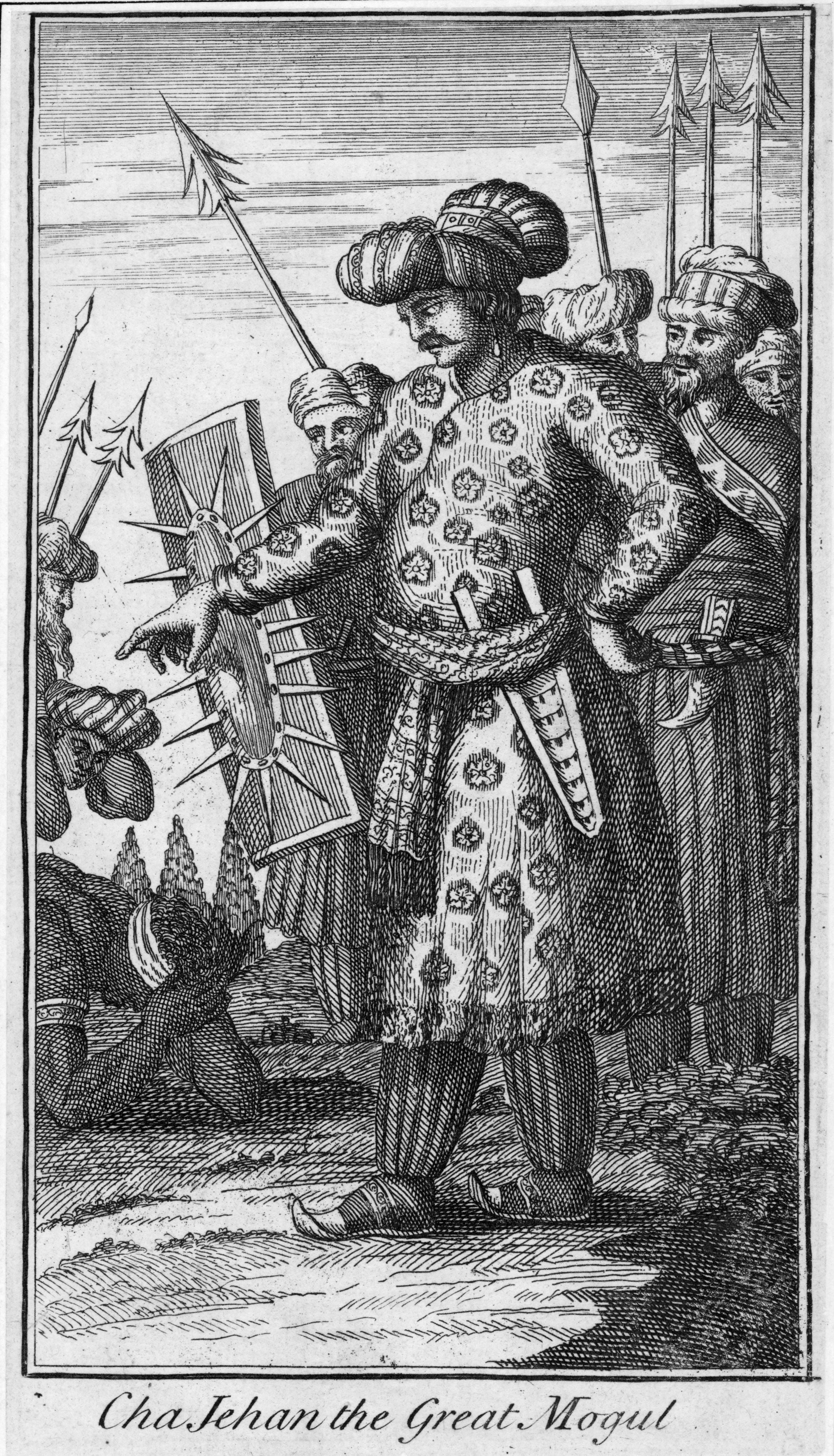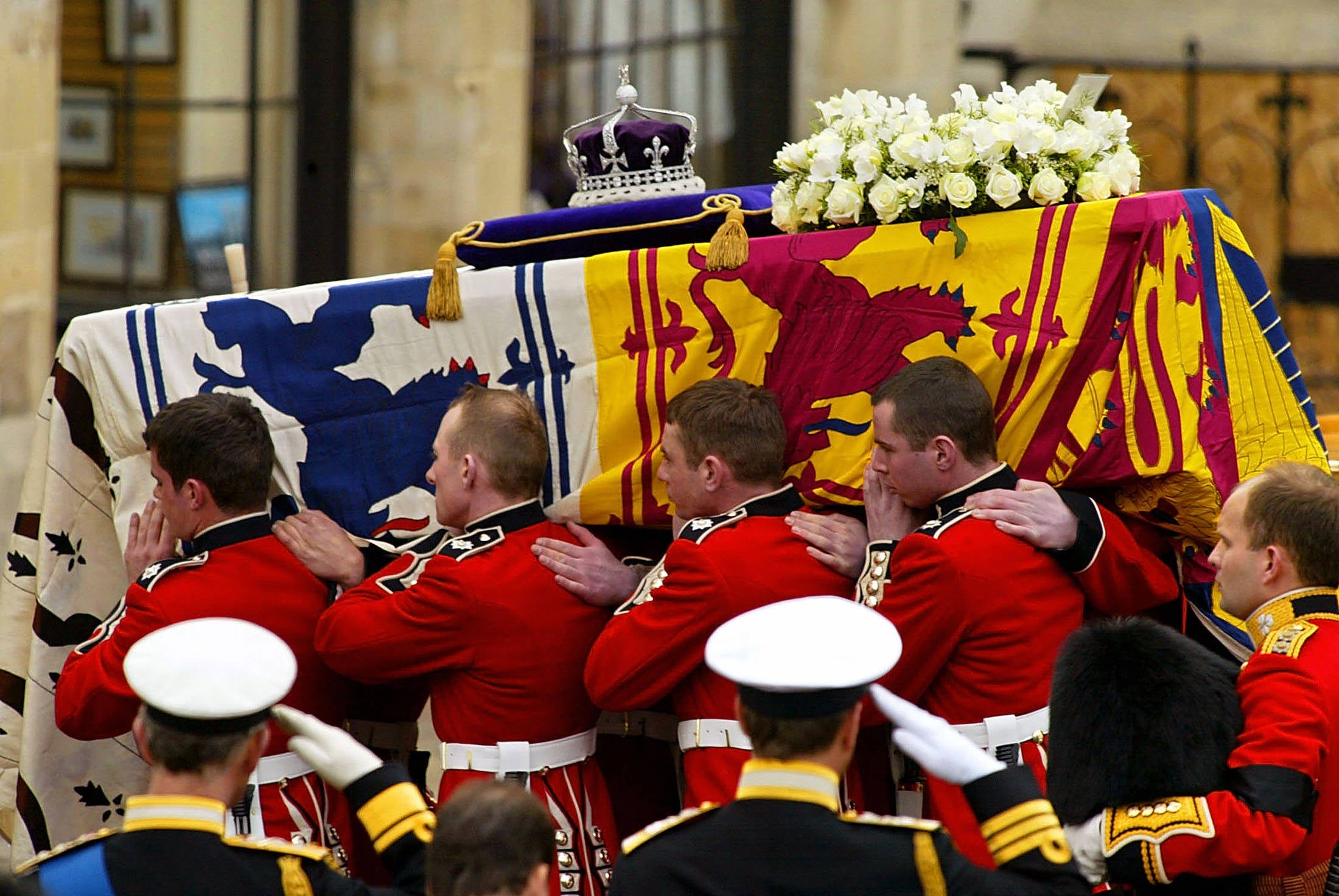The Koh-i-Noor diamond is not just a gem; it is a symbol of power, controversy, and a rich historical narrative that spans centuries. This diamond, known for its stunning beauty and tumultuous past, has been a part of numerous royal crowns and has ignited debates over its rightful ownership. As the world eagerly awaits the coronation of King Charles III and the Queen Consort, Camilla, the Koh-i-Noor diamond's legacy continues to be a focal point of interest.
While the upcoming coronation will see Camilla donning Queen Mary’s crown, she has decided to forgo the Koh-i-Noor diamond, a choice that speaks volumes about the jewel's complicated history. Instead, she will incorporate the Cullinan III, IV, and V diamonds into her crown, honoring the late Queen Elizabeth II. This decision marks a significant shift in royal tradition, as it is the first time in centuries that a consort has re-used a crown at a coronation.
The Koh-i-Noor diamond, with its storied past of conquest and colonialism, has been at the center of discussions about cultural heritage and repatriation. As the Indian government continues to push for the diamond’s return, it highlights the ongoing complexities surrounding artifacts taken during colonial rule. The diamond’s journey, from being part of the Mughal Empire to its current status as a part of British Crown Jewels, encapsulates a narrative of power, loss, and the quest for identity.
Table of Contents
- Biography of the Koh-i-Noor Diamond
- Historical Significance
- Details of Queen Mary’s Crown
- Cultural Legacy and Controversies
- Current Status of the Koh-i-Noor
- Final Thoughts
Biography of the Koh-i-Noor Diamond
The Koh-i-Noor diamond has a rich history that dates back to the 13th century, originating from India. Initially part of the Mughal Empire, it was embedded in the Peacock Throne of Shah Jahan. It has changed hands numerous times, each transfer steeped in conflict and conquest.
| Detail | Description |
|---|---|
| Origin | Mughal Empire, India |
| Weight | 105.6 carats |
| Current Ownership | British Crown Jewels |
| Notable Owners | Queen Victoria, Queen Mother |
Historical Significance
The diamond has been a part of significant historical events and royal traditions, making it a crucial piece of royal heritage. It was presented to Queen Victoria in 1849, and since then, it has been viewed as a symbol of British imperial strength.
Its journey through history reflects the changing dynamics of power and colonialism. The diamond has witnessed the rise and fall of empires and has become a touchstone for discussions about cultural identity and ownership.
Details of Queen Mary’s Crown
Queen Mary’s crown, which will be worn by the Queen Consort, is a masterpiece adorned with a variety of precious stones. It features the Koh-i-Noor diamond prominently, symbolizing its importance in royal ceremonies.
The crown itself is made of intricate designs and is set with 2,800 diamonds, showcasing the grandeur associated with British royalty. The decision to omit the Koh-i-Noor from the crown this time highlights a shift in royal practices and sensibilities regarding the diamond's contentious past.
Cultural Legacy and Controversies
The Koh-i-Noor diamond's legacy is fraught with controversy, especially regarding its acquisition and rightful ownership. Many believe that it should be returned to India, as it was taken during the British colonial period. This ongoing debate raises questions about the ethics of cultural heritage and the responsibilities of former colonial powers.
Despite its beauty, the diamond is also associated with tales of misfortune for its male owners, feeding into the narrative of its cursed reputation. This aspect adds another layer of intrigue to its history and significance.
Current Status of the Koh-i-Noor
Today, the Koh-i-Noor diamond remains part of the British Crown Jewels, displayed at the Tower of London. Its future remains uncertain as the Indian government has made multiple requests for its return, reflecting the ongoing discussions surrounding cultural artifacts.
The diamond continues to symbolize the complexities of historical narratives, serving as a reminder of the intertwined histories of the UK and India. Its presence in British royal ceremonies continues to evoke conversations about repatriation and justice.
Final Thoughts
The Koh-i-Noor diamond is more than just a jewel; it is a historical artifact that encapsulates centuries of history, conflict, and cultural significance. As the royal family prepares for the coronation of King Charles III, the diamond's absence from the crown adds to the evolving narrative of royalty and its relationship with its past.
Understanding the Koh-i-Noor's history is essential in appreciating its role within the broader context of cultural heritage and the discussions surrounding ownership. The ongoing quest for its rightful place will likely continue to resonate as a significant aspect of both British and Indian history.








